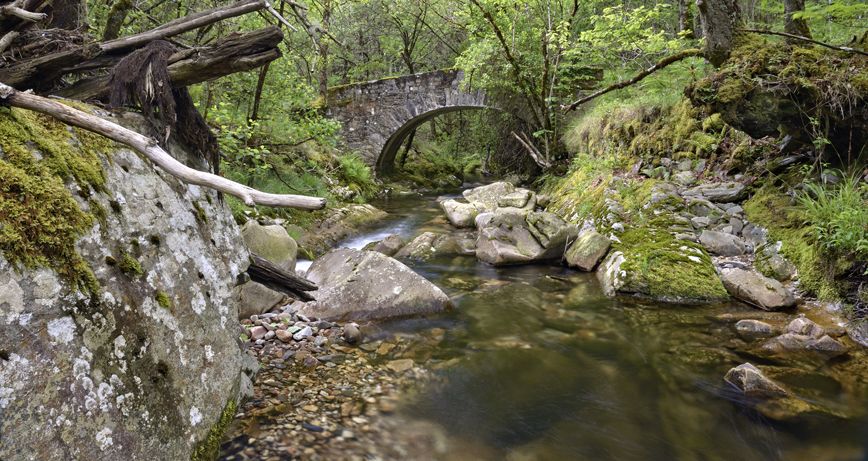Atrás La ruta del Ferrocarril, recorriendo la Vía Verde del Eo
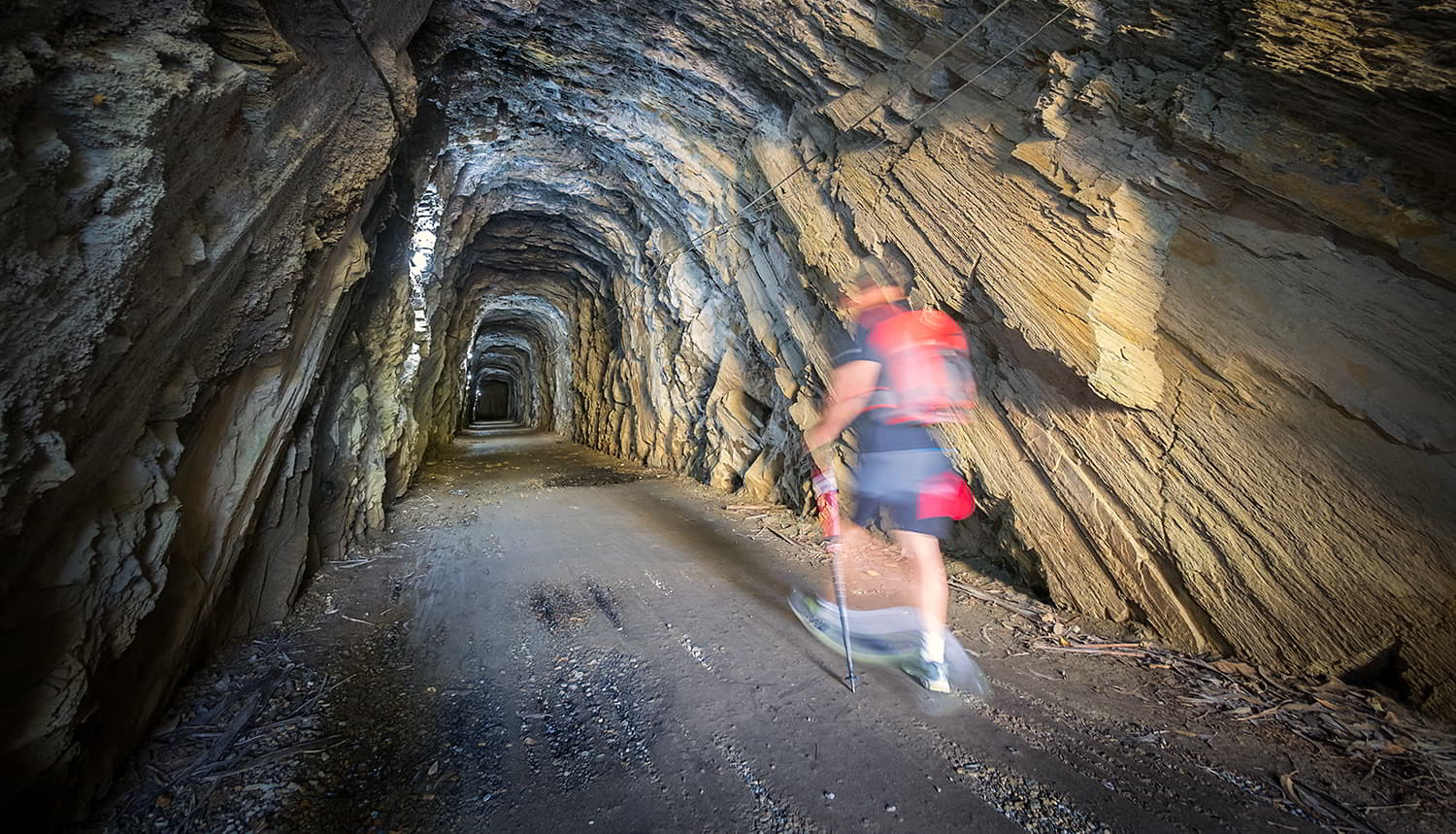
La ruta del Ferrocarril, recorriendo la Vía Verde del Eo
La Ruta del Ferrocarril, que discurre por el concejo de San Tirso de Abres, en el extremo más occidental de Asturias, posee gran valor histórico y cultural.
La ruta del Ferrocarril discurre por el concejo de San Tirso de Abres, en el extremo más occidental de Asturias. Unas tierras bañadas por el río Eo, que ya en 2007 la UNESCO declaró como Reserva de la Biosfera Río Eo, Oscos, y Terras de Burón.
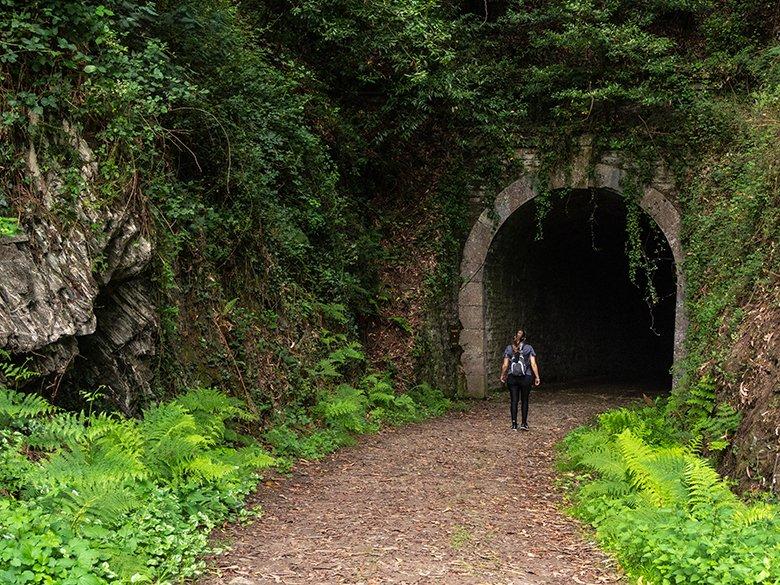
El mayor encanto de esta Vía Verde reside en su valor histórico y cultural, pues transcurre por lo que antaño fue el ferrocarril minero que unía A Pontenova, en Galicia, con San Tirso de Abres, ya en Asturias.
De este aún se conservan numerosas muestras de patrimonio industrial, como una central hidroeléctrica, o los seis túneles que hay repartidos durante el recorrido, y que son uno de sus elementos más característicos.
Así que, si te apetece, hacemos un poco de turismo industrial a la vez que practicas senderismo en un entorno natural de gran belleza ¡Sin duda una fantástica opción!
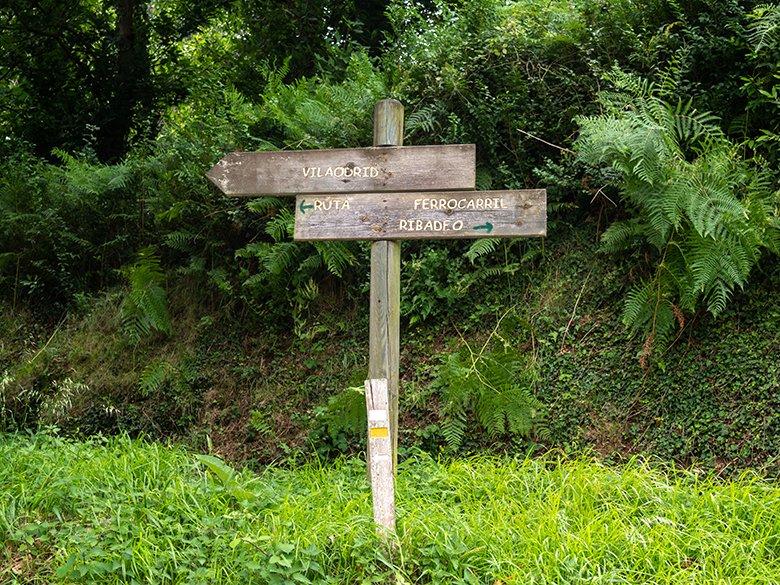
Todo lo que debes saber antes de calzarte las botas
La ruta del Ferrocarril o Vía Verde del Eo (PR. AS-300) es uno de los recorridos más sencillos que puedes hacer en Asturias.
Tiene una longitud de 13 kilómetros (ida y vuelta), en un itinerario lineal que dura aproximadamente 3 horas y media (en total) sin apenas desnivel, con solo 45 metros positivos.
Todo ello la convierte en una ruta perfecta para hacer con niños (siempre adaptando la distancia a sus capacidades), incluso para hacer con sillita infantil que soporte algunos baches. Por supuesto, se puede hacer porteando sin ningún problema.
El firme es bastante bueno, así que con que lleves unas zapatillas de montaña será suficiente. De hecho, en general, también es apta para personas con movilidad reducida que utilicen sillas de ruedas u otros elementos de ayuda.

Debido a su escaso desnivel y a los pocos obstáculos que encontraremos en el camino, otra buena alternativa sería hacerla en bicicleta. ¡Y no te preocupes si no tienes!, porque en San Tirso de Abres hay varias empresas que las alquilan.
Sea cual sea la opción que escojas no debes olvidarte de llevar una linterna o frontal contigo (podría servirte la propia linterna del móvil), ya que atravesarás numerosos túneles que pueden no estar iluminados siempre.
¿Te animas a sumar a tu perro al plan? ¡Seguro que se lo pasará en grande! Hay agua dulce en forma de arroyos durante todo el trayecto, así que podrá beber cuanto guste. Además, también hay algún acceso al río para que chapotee.
La ruta del Ferrocarril: turismo industrial y senderismo ¡todo en uno!
La ruta del Ferrocarril transcurre por el espacio que ocupaba el antiguo ferrocarril minero que recorría la línea Villaodrid-Ribadeo, en Galicia, durante la primera mitad del siglo XX.
Discurre entre la sierra de Neira y el valle de Lorenzana, una zona que hace años albergó varios yacimientos de hierro, de cuya extracción se ocupó la empresa Sociedad Minera de Villaodrid (SMV).
Sin embargo, parte de los 33 kilómetros de su trazado atravesaban el concejo asturiano de San Tirso de Abres, donde 13 de ellos los reconvirtió la Fundación de los Ferrocarriles Españoles en una Vía Verde, dentro de su proyecto para la recuperación de trazados ferroviarios en desuso.

Este tren funcionó desde 1903 hasta 1964, y tras su transporte en ferrocarril, el hierro partía en barco desde el cargadero de Ribadeo (que aún se puede ver junto al puente de los Santos) hacia Vizcaya y otros puertos europeos.
La ruta del Ferrocarril comienza en San Tirso de Abres (Pueblo Ejemplar de Asturias en 2011), y llega hasta el arroyo de O Cairo, justo en el límite entre Asturias y Galicia, aunque se puede ampliar 6 kilómetros más por terreno asfaltado hasta A Pontenova (Galicia).
Pero vayamos por partes…
Puedes estacionar tu vehículo en cualquier punto del pueblo, y un lugar en el que hay bastante aparcamiento es en las inmediaciones del puente, junto al área recreativa que hay bordeando el río.
El recorrido empieza a un lado de la carretera de acceso a San Tirso, muy cerca de la curva anterior al puente, y en sus primeros metros pasa junto a la antigua estación de tren, que en la actualidad es una vivienda privada.
Allí mismo también verás una edificación cilíndrica, que parece haber sido un depósito, probablemente de carbón.
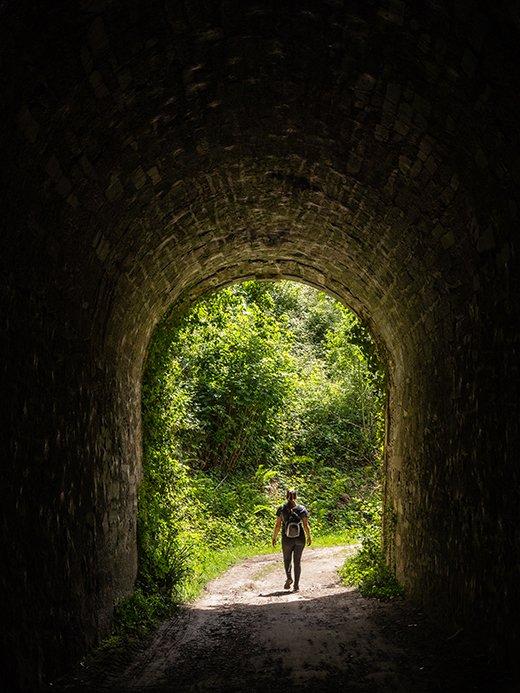
Uno de los aspectos más llamativos de la ruta son sus seis túneles. El primero, el de San Tirso (90 metros de longitud), te lo encontrarás poco después de empezar a andar, a unos 300 metros del inicio.
Luego se irán sucediendo el túnel da Volta (90 metros y en curva), el de la central (65 metros, el más corto), el de Pedrido (100 metros), el túnel do Carriceiro (130 metros), y el túnel da Asela (el más largo con 173 metros).
Todos están debidamente iluminados con luces abastecidas por paneles solares, sin embargo puede que alguna luz falle y no se encienda a tu paso, así que no te olvides de encender tu frontal o linterna para ir más seguro y evitar tropiezos o chapuzones, ya que hay numerosas goteras y charcos.
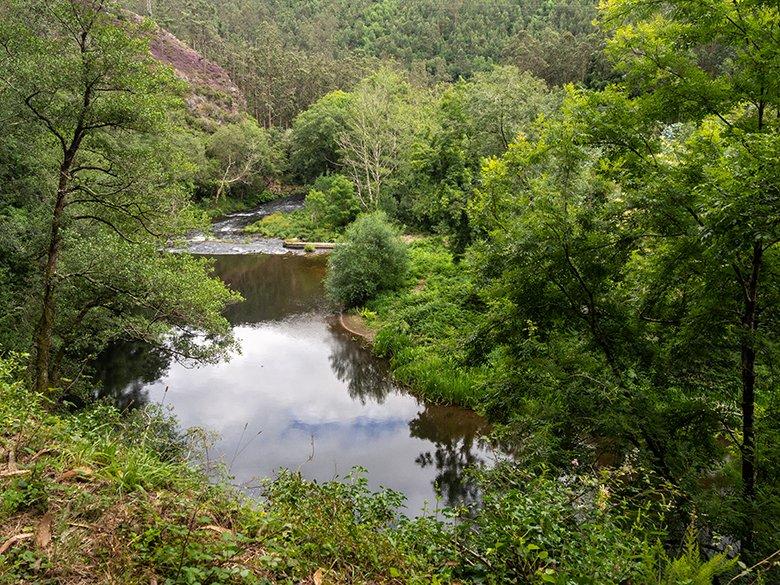
La Vía Verde del Eo cuenta con cuatro Espacios Naturales Protegidos en menos de 5 kilómetros a la redonda: la Reserva de la Biosfera Río Eo, Oscos, y Terras de Burón, así como el LIC (Lugar de Importancia Comunitaria) Río Eo, la Zona de Especial Protección de los Valores Naturales Carballido, y la Zona de Especial Protección de los Valores Naturales Río Eo (perteneciente a la Red Natura 2000).
El camino no tiene pérdida, así que puedes estar tranquilo y dejarte llevar mientras escuchas el sonido del río Eo, otro de los protagonistas de esta ruta y en el que habitan animales como truchas, reos y salmones.
El cauce fluvial del Eo está además envuelto por un denso bosque de ribera, dominado por alisos, sauces, fresnos e incluso castaños, pero también podemos ver diversas plantaciones de eucaliptos, especie abundante en esta zona.
El único tramo delicado del recorrido es el punto en el que tendrás que cruzar los tres carriles de la carretera N-640 en plena curva, alrededor del kilómetro 1,5 de ruta. No pasan demasiados coches pero debes extremar la precaución, sobre todo si vas con niños o perros. Y recuerda que si circulas en bicicleta, lo más prudente es que te bajes de ella y cruces a pie.

Poco después de este cruce nos encontraremos dos mesas de merendero, las únicas que hay en todo el recorrido, y muy cerca de ellas el acceso (un poco cerrado) a la vieja central hidroeléctrica, la central do Louredal, que data de 1932.
Más adelante a mano derecha, hay una central eléctrica que sí que está en funcionamiento y a la que está prohibido acceder, y junto a ella una pasarela metálica, que cruza el río a bastante altura.
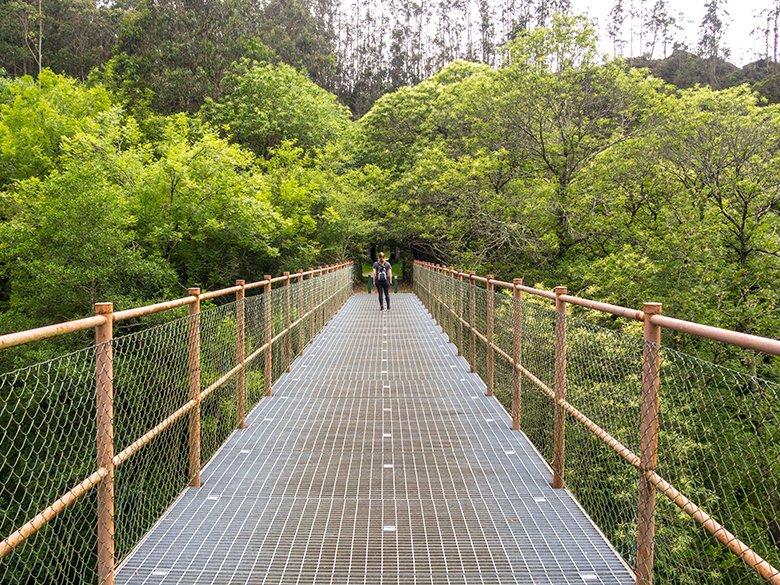
Si te apetece y no tienes vértigo, siguiendo la ruta podrás también tomar un desvío a mano derecha, bajando hacia el puente colgante de Piago Mayor, uno de los puntos más guapos y bucólicos de la ruta.
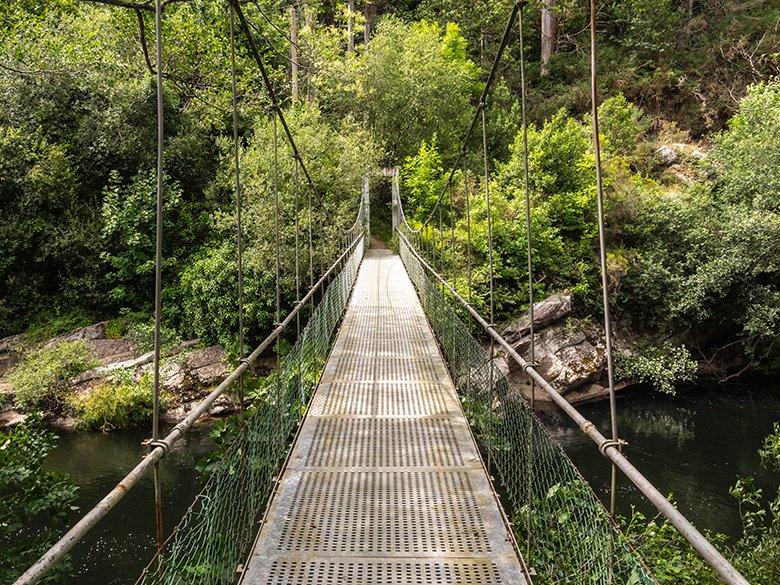
Volviendo al camino, unos metros más allá (también a la derecha) encontrarás la bajada hacia la escala de salmones, un curioso invento que sirve para que estos no se queden atrapados en las presas, y puedan continuar su camino río arriba.
Éste es otro de los enclaves más pintorescos del recorrido, que cuenta también con un ensordecedor, abundante y fotogénico salto de agua.
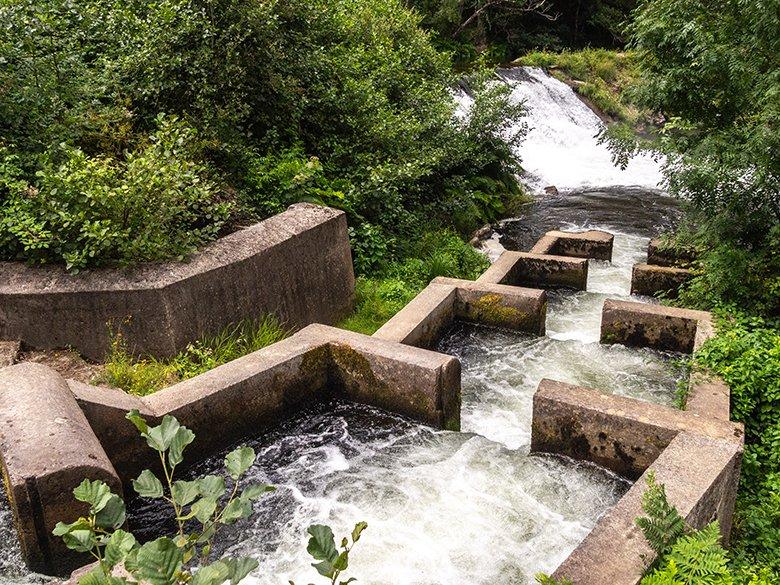
Volviendo a la senda, en la parte más frondosa de este verde bosque de ribera, habremos de prestar atención para no pasar por alto otro rincón interesante, el aliviadero, que se construyó para dar salida bajo las vías a un pequeño arroyo.
Se encuentra a mano izquierda y hay que bajar por un camino corto pero bastante empinado, que está indicado con una discreta flecha en el camino principal.
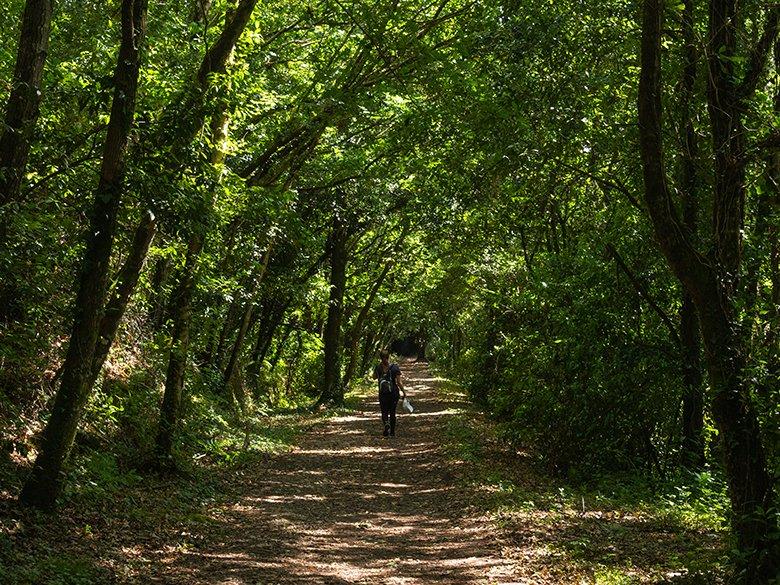
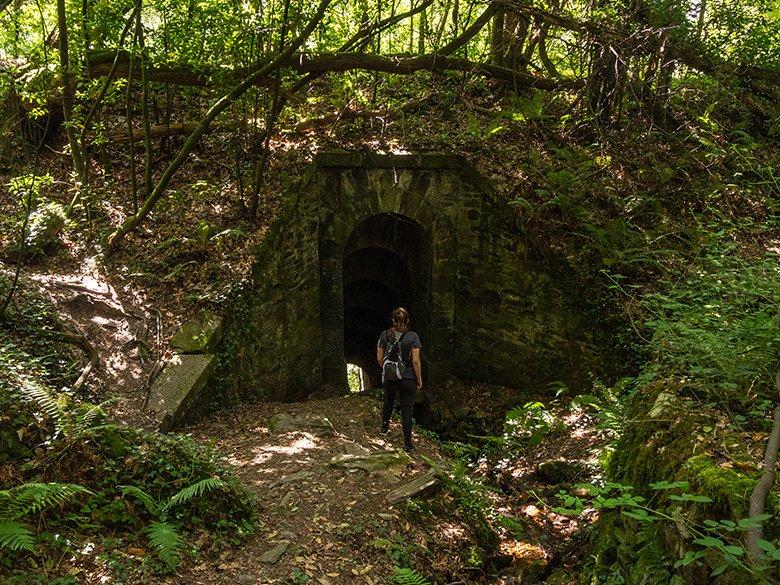
El último elemento representativo del antiguo ferrocarril minero con el que nos encontraremos será un “caseto”, una pequeña edificación de mampostería y techos de pizarra, que utilizaban para guardar el carbón que se usaba como combustible para el ferrocarril.
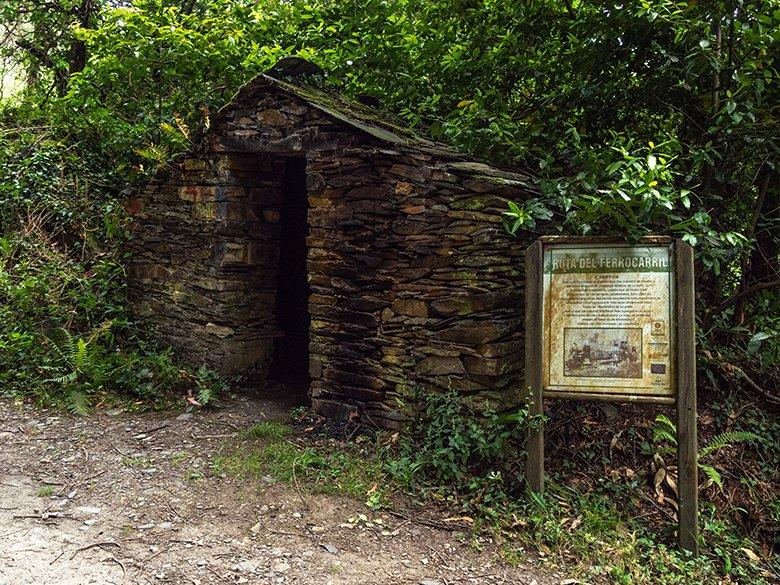
Pronto llegaremos al final de la ruta, marcada por el arroyo de O Cairo, frontera natural entre Asturias y Galicia. En este punto puedes optar por dar la vuelta o seguir otros 6 kilómetros por asfalto hasta A Pontenova, donde están los hornos de calcinación, en los que se transformaba el mineral que posteriormente transportaba el tren.
La ruta del Ferrocarril es un gran ejemplo de conservación del patrimonio industrial asturiano, ideada para fomentar un ecoturismo basado en el respeto por la naturaleza, el deporte y, sobre todo, en el aprendizaje acerca de la historia de Asturias.

Pero, ¡espera! No te vayas sin visitar El Llano, capital del concejo. Puedes pasear por sus calles, acercarte a la iglesia parroquial de San Salvador, a la capilla de San Juan, a la plaza del Ayuntamiento o al antiguo palacio del Condado de Altamira (“O Pacio”), que data del siglo XVI.
Si lo prefieres, puedes descansar en el área recreativa o, si aún te quedan fuerzas, descubrir el río Eo a bordo de una canoa, ¡todo un planazo!
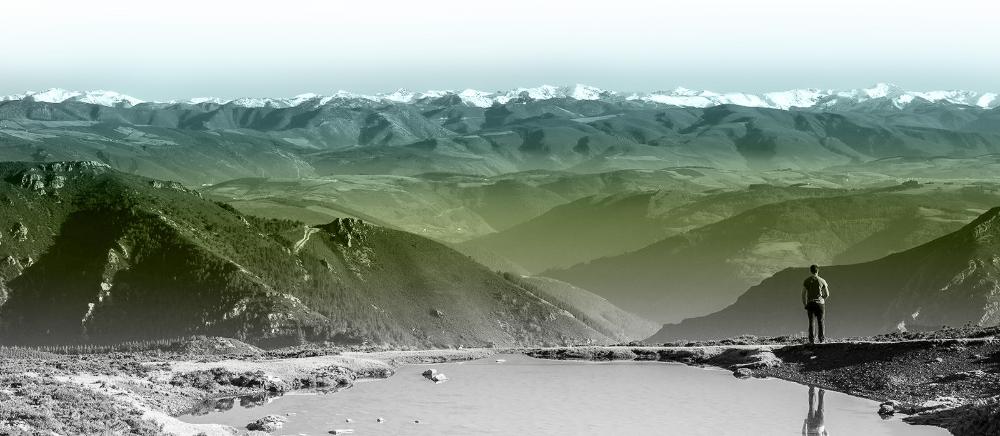
Suscríbete a nuestra newsletter y aprovéchate de ofertas, descuentos, y novedades
Suscribirse

